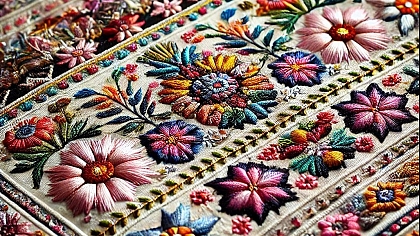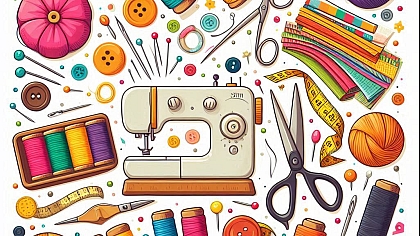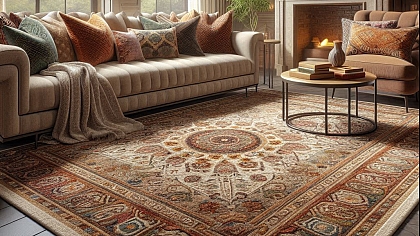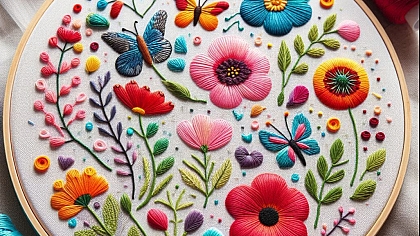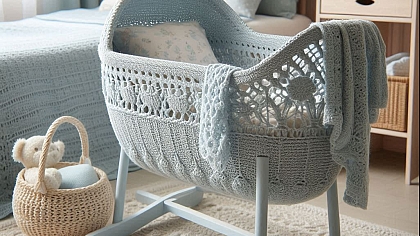
Creating Your Own Sewing Space: Organization and Inspiration
Sewing is more than just a hobby; it is an art form that brings joy, creativity, and a sense of accomplishment. To fully enjoy and harness the potential of sewing, having a dedicated sewing space is essential. This space is not merely a corner to work in but a sanctuary where creativity flows freely and projects come to life. In this article, we will explore the elements that make a sewing space both organized and inspirational, ensuring that your sewing endeavors are both efficient and enjoyable.
The Importance of a Dedicated Sewing Space
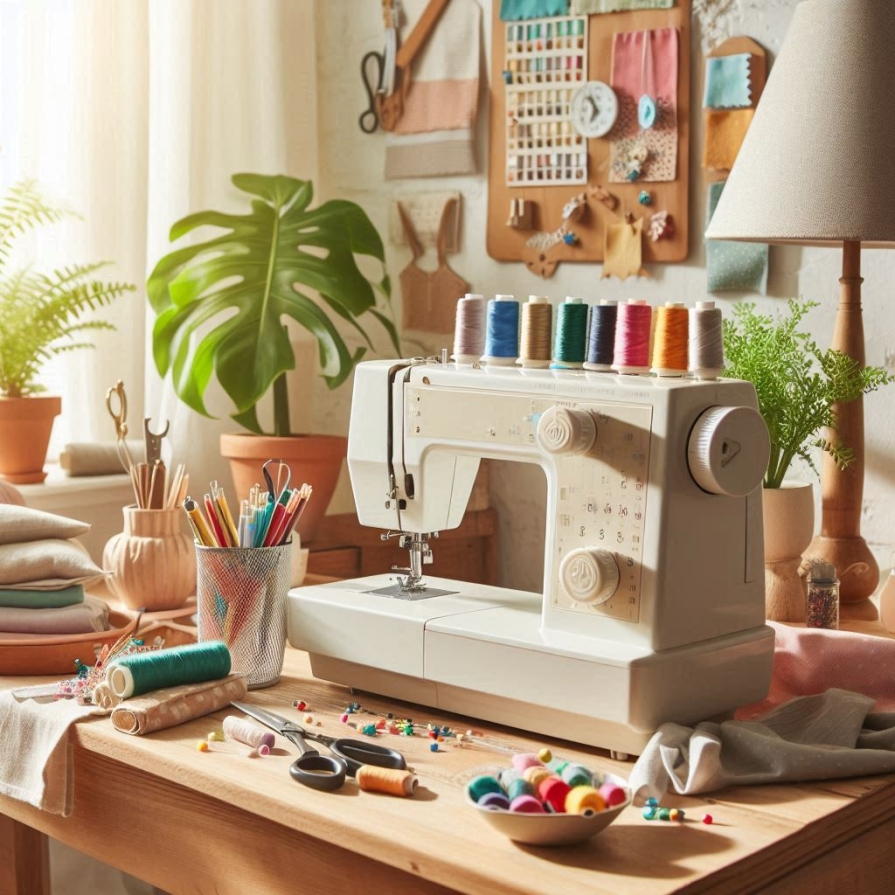
A dedicated sewing space serves multiple purposes. It is a place to store all your materials and tools, a zone to focus and immerse yourself in the creative process, and a physical manifestation of your commitment to sewing. Having a specific area designated for sewing helps in reducing distractions, keeping everything you need within reach, and fostering a more productive environment. Whether it is a small nook or an entire room, your sewing space should be a reflection of your style and needs.
Selecting the Perfect Location
Choosing the right location for your sewing space is the first step towards creating an organized and inspirational environment. Ideally, this area should be well-lit, either by natural light or with sufficient artificial lighting. Natural light is preferable as it reduces eye strain and provides true color representation, which is crucial when working with fabrics and threads. Position your sewing table near a window if possible. If natural light is limited, invest in quality lighting solutions like daylight bulbs or adjustable task lamps.
Consider the layout and accessibility of your space. If you are working in a shared room, such as a guest room or a home office, think about how you can delineate your sewing area to create a sense of separation. Screens, curtains, or even strategically placed furniture can help define your sewing zone. Ensure that your sewing machine, cutting table, and ironing station are easily accessible and have enough space to work comfortably.
Creating an Efficient Workstation
An efficient workstation is the heart of a productive sewing space. Your sewing table should be sturdy and spacious enough to accommodate your sewing machine and other essential tools. The height of the table is crucial; it should be at a comfortable level to avoid strain on your back and shoulders. Some sewers prefer adjustable tables that can be raised or lowered as needed.
Keep your sewing machine, serger, and other frequently used equipment within easy reach. A well-organized workstation minimizes the time spent searching for tools and maximizes your sewing time. Arrange your tools logically; for instance, place your scissors, rotary cutters, and seam rippers in a designated container or drawer. Pegboards, magnetic strips, and hanging organizers can keep smaller tools and notions visible and accessible, reducing clutter on your work surface.
Storing Fabrics and Notions
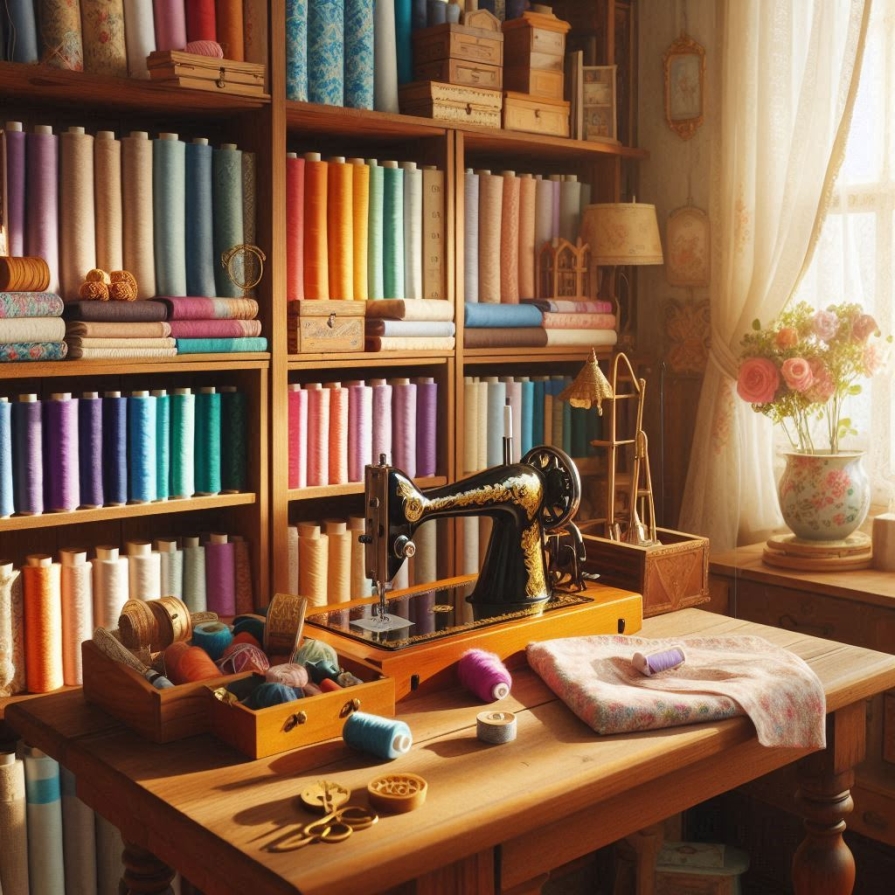
Fabric and notions storage is one of the most critical aspects of an organized sewing space. Fabrics can quickly take over your space if not stored properly. Sort your fabrics by type, color, or project to make them easy to locate. Shelving units, cabinets, and bins are excellent for fabric storage. Clear plastic bins or labeled boxes allow you to see the contents without rummaging through them. For smaller pieces of fabric or scraps, consider using drawers or baskets.
Notions such as threads, buttons, zippers, and ribbons need their own designated storage solutions. Thread racks or spool holders keep your threads organized and tangle-free. Drawer organizers or divided containers work well for smaller notions, preventing them from getting lost or tangled. Labeling each storage container ensures that you can quickly find what you need, saving time and frustration.
Cutting and Ironing Stations
Having dedicated cutting and ironing stations is essential for efficient workflow. A cutting table should be large enough to spread out your fabric and make precise cuts. Many sewers opt for a table with a self-healing cutting mat to protect the surface and extend the life of rotary blades. If space is limited, consider a foldable or multi-purpose table that can be stowed away when not in use.
Ironing is a critical step in sewing, ensuring that seams lie flat and finished projects look professional. A sturdy ironing board and a quality iron are indispensable. If possible, set up your ironing station close to your sewing machine to minimize the distance you need to travel while working on a project. Some sewers also invest in a tailor’s ham or sleeve board for pressing curved seams and small areas.
Personalizing Your Space
Personalization transforms a functional sewing space into an inspiring and comforting sanctuary. Surround yourself with items that spark joy and creativity. This could include artwork, photographs, or inspiration boards filled with fabric swatches, patterns, and project ideas. An inspiration board is a fantastic way to keep track of your creative ideas and stay motivated. Pin up your favorite patterns, sketches, and fabric samples to create a visual reminder of your sewing goals.
Decorate your space with colors and textures that you love. Consider painting the walls in soothing hues or adding a colorful rug to bring warmth and personality to the room. Plants can also add a touch of nature and tranquility to your sewing space. Select low-maintenance plants that thrive indoors, such as succulents or pothos.
Managing Projects and Patterns

Keeping track of ongoing projects and patterns can be challenging without a system in place. Use project bins or baskets to store materials and patterns for current projects. This keeps everything you need in one place and prevents your workspace from becoming cluttered with unfinished projects. Label each bin with the project name or a description to make it easy to find.
For pattern storage, consider using binders, file folders, or hanging organizers. Sort patterns by type, such as dresses, tops, or accessories, and label each section clearly. Digital patterns can be stored on your computer or a dedicated tablet, ensuring they are easily accessible when needed. Backup digital files regularly to avoid losing important patterns and instructions.
Incorporating Technology
Technology can significantly enhance your sewing experience. A tablet or computer in your sewing space allows you to access online tutorials, digital patterns, and sewing communities. Invest in a stand or mount to keep your device at eye level, reducing neck strain. Many modern sewing machines come with USB ports for uploading digital designs, so having your computer nearby can streamline your workflow.
Use software or apps to design and plan your projects. Programs like Adobe Illustrator or specialized sewing design software can help you visualize patterns and make alterations before cutting your fabric. Online sewing communities and forums provide a wealth of knowledge and support, making it easier to troubleshoot issues and find inspiration for new projects.
Maintaining a Clean and Tidy Space
A clean and tidy sewing space is crucial for maintaining efficiency and creativity. Regularly declutter your area, putting away tools and materials after each project. Dust and lint can accumulate quickly in a sewing room, so clean your sewing machine and surrounding surfaces frequently. A handheld vacuum or lint roller can help keep your space spotless.
Create a routine for maintaining your sewing space. This might include a quick tidy-up at the end of each sewing session and a more thorough cleaning weekly or monthly. Keep cleaning supplies, such as a small broom, dustpan, and cleaning cloths, within easy reach to encourage regular upkeep.
Staying Inspired and Motivated
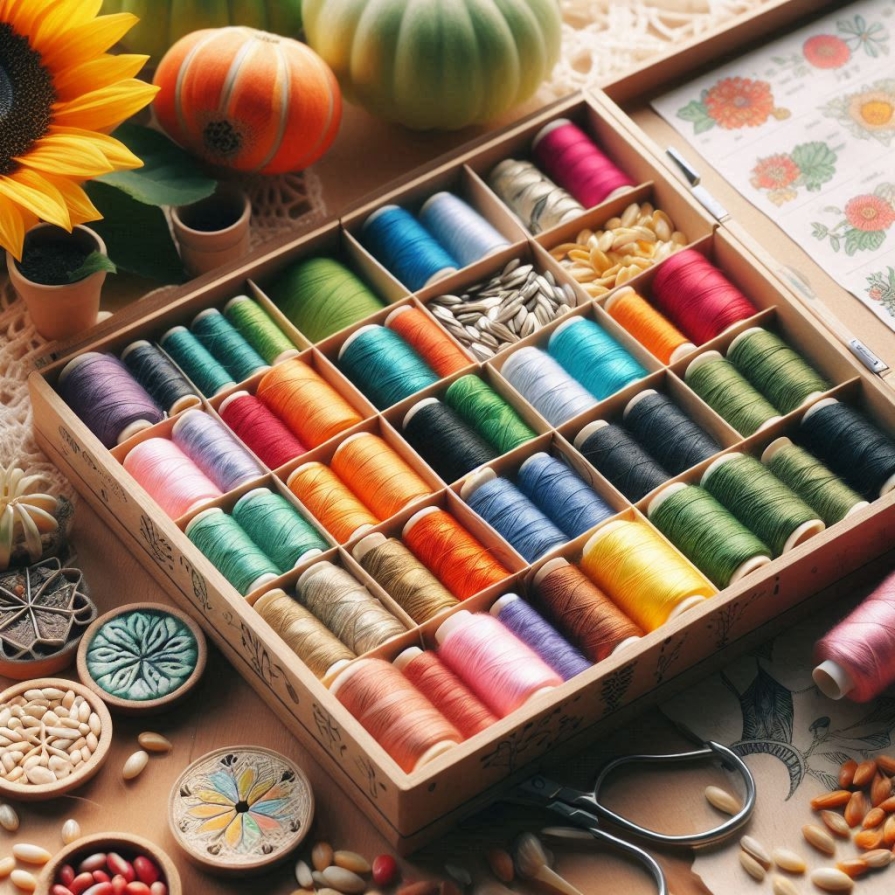
Inspiration and motivation are vital for a thriving sewing practice. Surround yourself with sources of inspiration, whether it is a favorite book, a cherished piece of fabric, or a stunning finished project. Join local sewing groups or online communities to share your work and gain new ideas. Attending sewing workshops or classes can also reignite your passion and help you learn new techniques.
Set achievable sewing goals to keep yourself motivated. These could be completing a certain number of projects each month or mastering a new skill. Celebrate your accomplishments, no matter how small, and use them as fuel to keep pushing your creative boundaries.
Creating your own sewing space is a rewarding endeavor that enhances both organization and inspiration. By thoughtfully selecting a location, designing an efficient workstation, and personalizing your space, you create an environment where creativity can flourish. Proper storage solutions, dedicated cutting and ironing stations, and the incorporation of technology all contribute to a productive sewing practice. Maintaining a clean and tidy space and staying connected with sources of inspiration and motivation ensure that your sewing journey is both enjoyable and fulfilling. With these elements in place, your sewing space will become a sanctuary where your creative dreams come to life.


